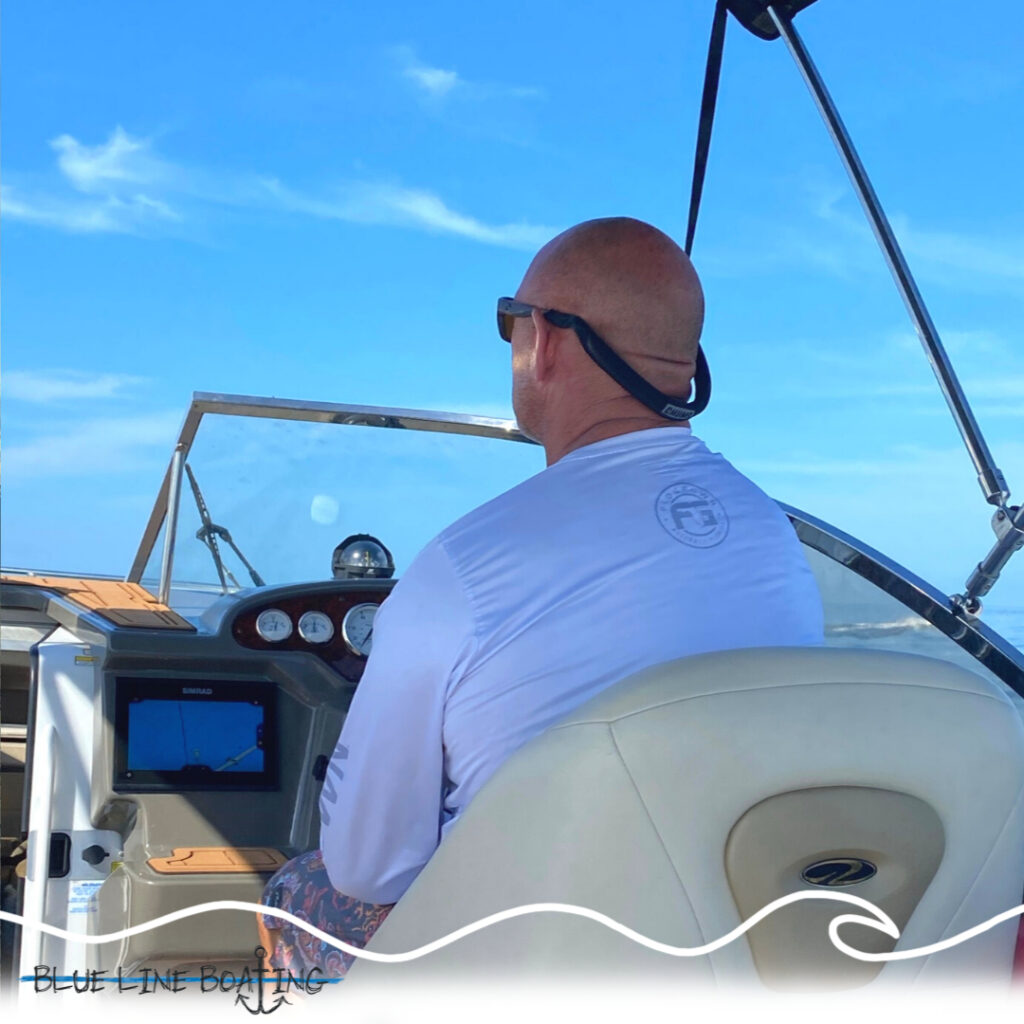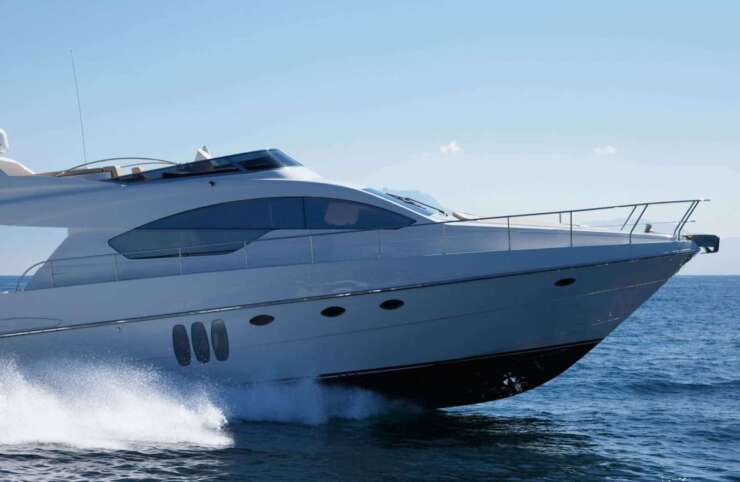Navigate Rough Seas
TIPS & TRICKS
Boating enthusiasts know that the open water can be both serene and unpredictable. While setting off on a sunny day might seem like a straightforward venture, the weather can take an unexpected turn, emphasizing the importance of preparedness and navigation skills. In this article, we'll explore key strategies to keep in mind when faced with foul weather while boating.
1. Always Check the Weather Forecast
Before embarking on any boating excursion, even on seemingly sunny days, it's crucial to check the weather forecast. Unforeseen changes in wind and rain can occur rapidly, and sea conditions can transform just as swiftly. The size of your boat and the severity of the weather will significantly influence how you handle being caught in unfavorable conditions.
2. Assess Weather Severity and Direction
Upon learning of impending adverse weather, the first step is to evaluate the severity of the conditions and the direction in which they are moving. This information is pivotal in planning your response. Additionally, pinpoint the nearest safe harbor—prioritizing safety over sticking to your initial route. While deviating from your intended course might seem inconvenient, ensuring the safety of yourself and your passengers is paramount.

Blue Line Boating - Hire a Boat Captain
3. Seek Shelter and Leeward Areas
Identifying sheltered areas is a fundamental aspect of navigating rough waters. Seek refuge under bridges, docks, or on the leeward side of small islands where the wind's force is reduced. These locations can provide temporary respite from the adverse weather, allowing you to regroup and assess your situation.
4. Optimal Boat Positioning
Navigating against powerful waves requires skillful maneuvering. To maintain control and comfort, position your boat at approximately a 45-degree angle to the waves and apply sufficient power. This positioning enables your vessel to ride atop the waves, minimizing the impact and ensuring a safer experience. In cases of exceptionally rough seas marked by whitecaps, point the boat's bow directly into the wind and waves. This tactic, coupled with adequate power, prevents your boat from being submerged by the cresting waves.
5. Riding Waves Safely
As you traverse the waves, it's imperative to avoid hitting the face of an oncoming wave too low. Such impact can cause the bow of your boat to submerge, potentially leading to flooding. If you find that water is approaching or has entered your boat, increasing your speed can help mitigate this risk.
6. Practice and Confidence
- Driving a boat in turbulent waters demands finesse and experience. An effective approach to honing your skills is to practice navigating the waves created by other boats—preferably after they've moved out of close proximity. By observing a boat's wake, you can glean valuable insights into handling rough seas. This practice not only improves your maneuvering abilities but also bolsters your confidence when confronted with abrupt weather or sea changes.
Conclusion
Boating offers a sense of freedom and adventure, but it's essential to be prepared for the unpredictable nature of the open water. By adhering to these strategies, you can confidently navigate foul weather and ensure the safety of yourself, your passengers, and your vessel. Remember that prioritizing safety and making informed decisions is paramount when faced with adverse conditions.